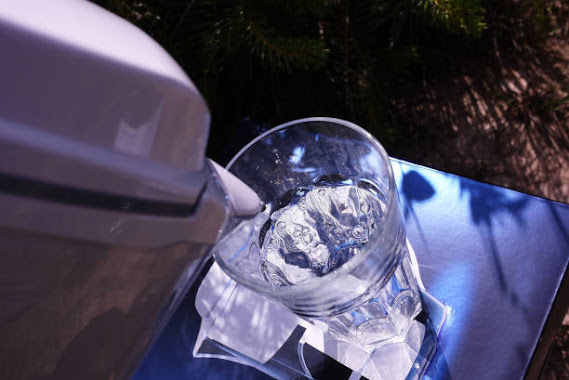Reverse Osmosis Water Filtration System
Reverse osmosis (RO) is a highly effective water filtration method widely used to remove various contaminants from drinking water. However, one common concern with RO systems is that they also eliminate beneficial minerals and fluoride along with the contaminants. While the removal of contaminants is essential, it is equally important to maintain a healthy balance of minerals and fluoride in our drinking water. In this blog post, we will explore some practical methods to restore minerals and fluoride to reverse osmosis water, ensuring a well-rounded and nourishing water supply.
UNDERSTANDING REVERSE OSMOSIS AND MINERAL REMOVAL
Reverse osmosis systems work by passing water through a semipermeable membrane to remove impurities, including minerals and fluoride. While this process effectively eliminates harmful substances, it can also strip the water of essential minerals like calcium, magnesium, and potassium, which are beneficial for our health. Additionally, fluoride, a mineral known for its dental benefits, is also often removed during the RO filtration process.
METHODS TO RESTORE MINERALS AND FLUORIDE
Mineralization Cartridge: A mineralization cartridge can be added as an additional stage to your RO system. This cartridge contains mineral stones or a blend of minerals that gradually release trace elements into the water, restoring some of the lost minerals. The minerals dissolved in the water create a balanced and more pleasant taste.
Remineralization Filters: Remineralization filters are designed specifically to reintroduce essential minerals into the water after the RO process.These filters are often filled with a mixture of minerals, such as calcium, magnesium, and potassium, to replenish the mineral content in the water. The water passes through these filters, allowing minerals to dissolve and reenter the water supply.
Mineral Drops or Mineralizing Drops: Mineral drops or mineralizing drops are concentrated solutions that can be added directly to RO water to restore minerals.These drops typically contain a blend of essential minerals and trace elements. Follow the instructions provided by the manufacturer for proper dosage and application.
Mineral-rich Foods and Supplements: Another way to supplement the mineral intake from drinking water is to incorporate mineral-rich foods into your diet. Foods like leafy greens, nuts, seeds, and dairy products are excellent sources of calcium and magnesium. If needed, consult with a healthcare professional about appropriate mineral supplements to ensure you meet your nutritional needs.






Comments
Post a Comment